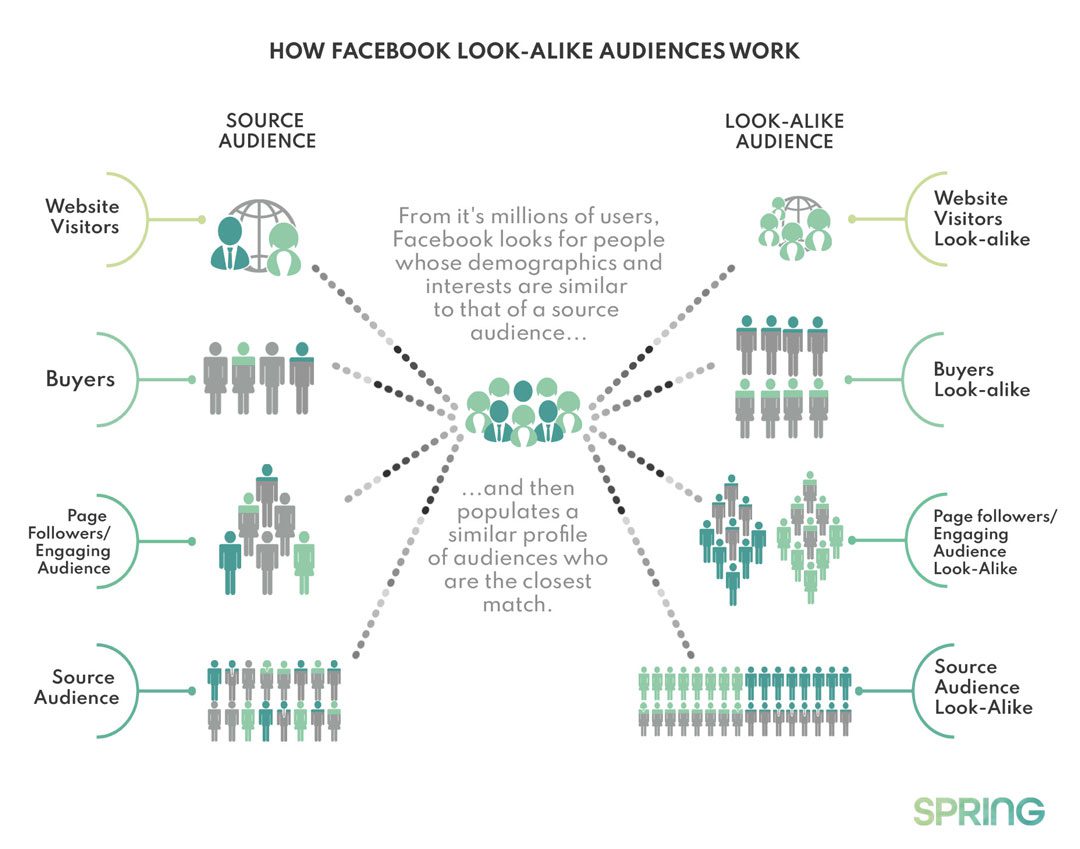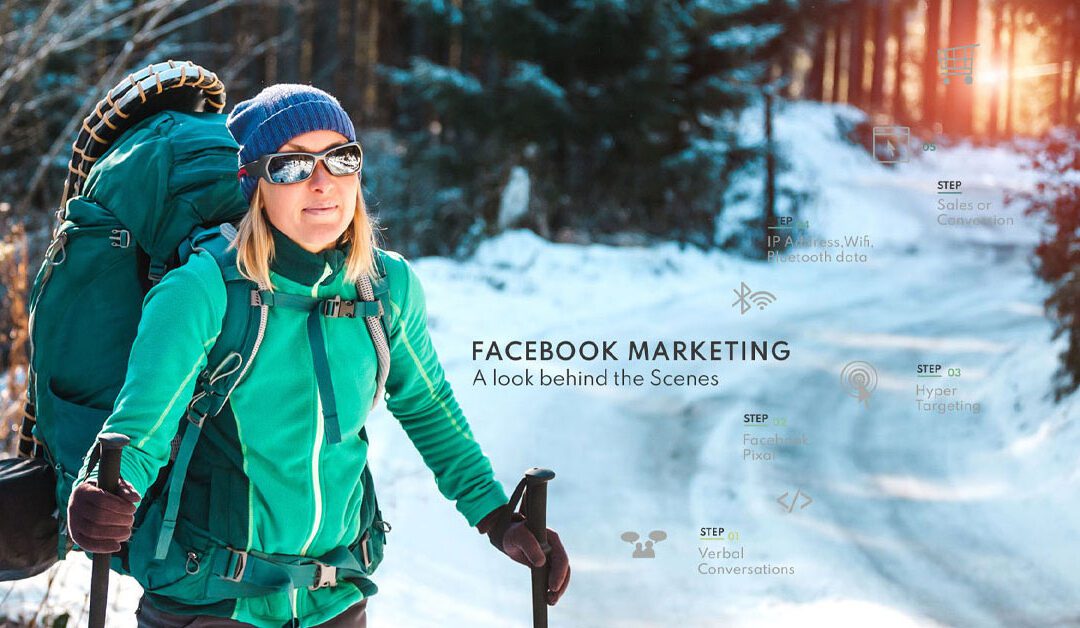Recently, a user clicked on a link that a friend posted to a website to buy a pair of boots. On the same day, they started receiving Facebook (FB) ads for similar boots from different brands on various sites. They understood that Facebook could use previous Google searches to remarket products but had not Googled these boots and couldn’t recall visiting this company’s Facebook page before.
They wondered if it’s possible for business B to know they clicked on a link and visited website A, and then show ads for similar products. Many others likely had similar experiences. This wasn’t the first time for the user either, and they were skeptical of follow-up competitor ads, often feeling they came from dubious companies.
This incident prompted thoughts about how Facebook decides which ads to display.
How Does Facebook Choose What Ads to Show?
Verbal Conversations
It was alarming when the user and their spouse had a verbal conversation about something, only to see related ads on Facebook shortly afterward. The Facebook app likely has microphone permission, allowing it to read input from the phone’s microphone, although this can be turned off.
Beyond listening to conversations, Facebook has other ways to gather data and target users with specific ads.
Facebook Pixel
Facebook Pixel, now Meta Pixel, is a code placed on a website to track users’ interactions on and off Facebook and Instagram. This data helps optimize campaigns and retarget customers. If a user bought boots from a site using Pixel, and another ad campaign targets recent boot buyers, the user would see those ads due to Facebook’s tracking. They become part of a lookalike audience for other brands.
A particularly eerie experience involved ads for a $1200 espresso machine the user admired in Best Buy. Geofencing technology recorded their phone near the product, leading to months of related ads.
IP Addresses, WiFi, and Bluetooth Data
Despite turning off location services, the user noticed they still received location-based ads. This is because Facebook also uses WiFi and Bluetooth data for tracking. Many retailers offer free in-store WiFi, which requires agreeing to terms and conditions that allow data collection. This can include monitoring how long a user looks at a product.
Facebook announced that it does not use WiFi or Bluetooth data if location is off, but it still uses IP addresses and other profile information for tracking. This is detailed in Facebook’s privacy policy and Ads page, although few read these documents.

Hyper Targeting
Facebook’s access to over 2,000 data points on each user enables hyper-targeting based on factors like income, political views, and religious beliefs. The FB pixel and cookies facilitate this, allowing businesses to share and access customer data, benefiting competitors. For instance, a new boot store could target users who visited another boot store’s site.
Effectiveness of Facebook Advertising
In the past, ads were placed in newspapers with the hope of reaching interested individuals. Now, advertisers can specifically target recent buyers of a particular product. When users buy boots through Facebook, they confirm their purchasing interest, enabling Facebook to leverage this data for other advertisers.
Had the user manually typed the URL instead of clicking the link, they questioned if they would still be targeted with shoe ads. Visiting a single website might be too general to show strong intent, but visiting multiple sites in a short period or adding items to a cart increases the likelihood of targeted ads. A confirmed purchase ensures a barrage of related ads.
Data Points Explained
Visiting a single website to buy boots might be too general to indicate strong buying intent unless multiple similar sites are visited in a short period. However, adding a product to the cart or making a purchase demonstrates clear buyer intent, prompting Facebook to target such users with relevant ads.
A client once ran a retargeting campaign based on shoe size, which creeped out customers by targeting them with ads for the specific shoe size they had viewed. This strategy, although effective, proved too intrusive and was discontinued.
Large businesses often own multiple sites within the same verticals, sharing pixel data to cross-populate ads, regardless of the original data source.

Spring Creative Inc. is an award-winning agency specializing in marketing, design, and digital services. We empower brands to communicate effectively and confidently. Based in Nelson, BC, Canada. Reach out to learn more!
If you need help with your brand or would like to learn more about our services Book a Meeting today. Fern Sabo Founder/CEO | Spring Creative Inc.


